low temp gauge water
The reasons of low water temp gauge are as follows:
1. Water temperature sensor fault . Because the water temperature sensor is installed on the water jacket of the engine cylinder block or cylinder head and directly contacts with the cooling water to measure the temperature of the engine cooling water, if the water temperature sensor fails or fails, and the engine ECU detects that the output signal of the water temperature sensor is not credible, it will intervene to use the replacement value .
2. Thermostat damaged . If the thermostat is damaged, it will also affect the normal operating temperature of the engine, resulting in instability of the water temperature gauge .
3.Cooling system fault . Check whether the engine cooling system leaks and whether the water pump continues to work, which is also the reason why the car water temperature is hot and cold.
Hazards of low engine temp gauge water:
1.When the engine is working, too low temperature can make it difficult to ignite the flammable mixture or slow combustion, resulting in a drop in engine power. The oil becomes thicker due to too low temperature, and the viscosity increases, increasing the resistance to the movement of parts. The fuel that is not fully vaporized due to too low temperature washes the oil film on the friction surfaces of cylinder pistons, piston rings, etc., dilutes the oil, and aggravates the wear of parts or increases the fuel consumption due to incomplete combustion of the mixture.
2.The optimum working temperature of the engine is 80 ℃ - 90 ℃, and the temperature of the vehicle using antifreeze can be appropriately higher than 85 ℃ - 95 ℃.
3. In the process of engine operation, the cooling medium takes away quite a lot of heat, so mastering the temperature of cooling water and reducing unnecessary heat loss have a very important impact on automobile fuel saving. When the water temperature is 40 ℃, compared with 80 ℃, the former consumes 10% more oil than the latter.
Solution: After starting the vehicle, let the engine automatically run at high idle speed. Wait until the idle speed drops to the normal value (about 800r/min) before starting the vehicle. Before the water temperature reaches the normal value, do not make the engine speed exceed 2500 rpm, the engine load does not exceed 30% (that is, do not step on the accelerator pedal more than 1/3), and do not accelerate, brake or drive violently. After the water temperature reaches the normal value (80 °C-90 °C), drive normally.
 English
English 

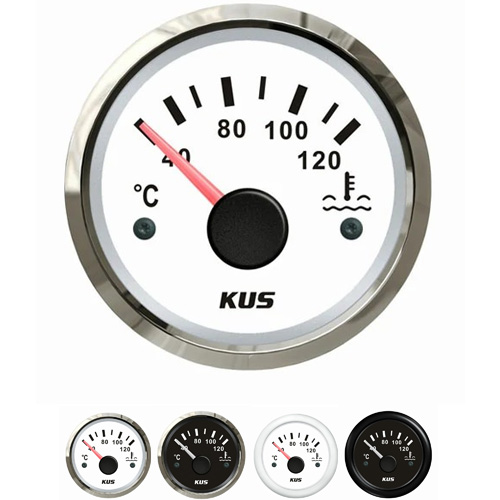
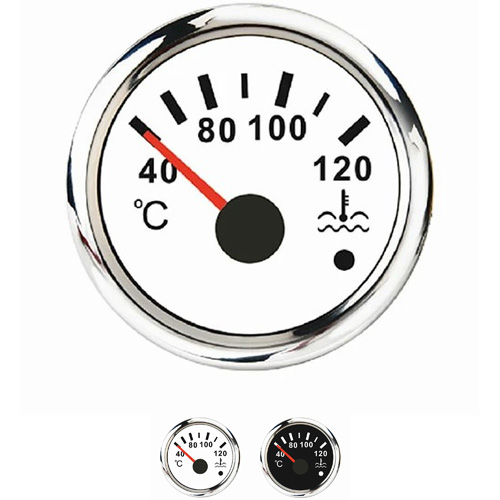
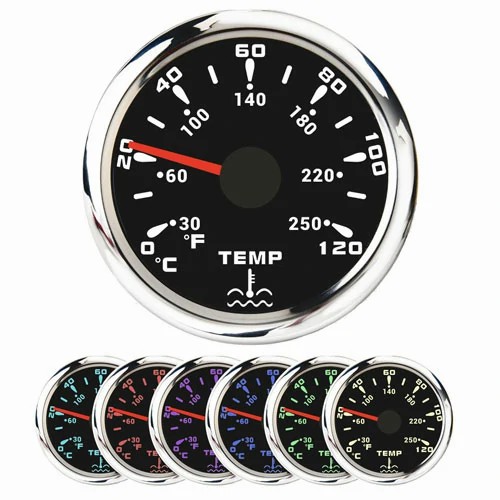
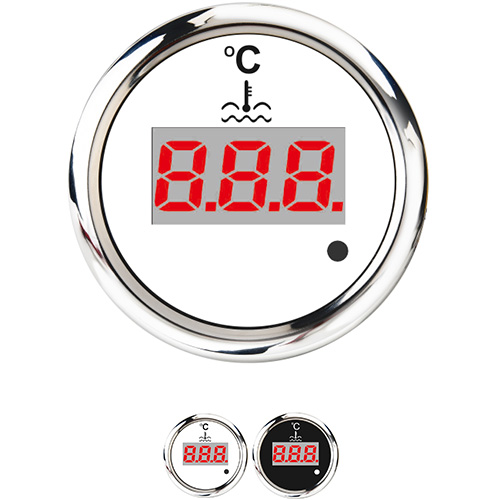
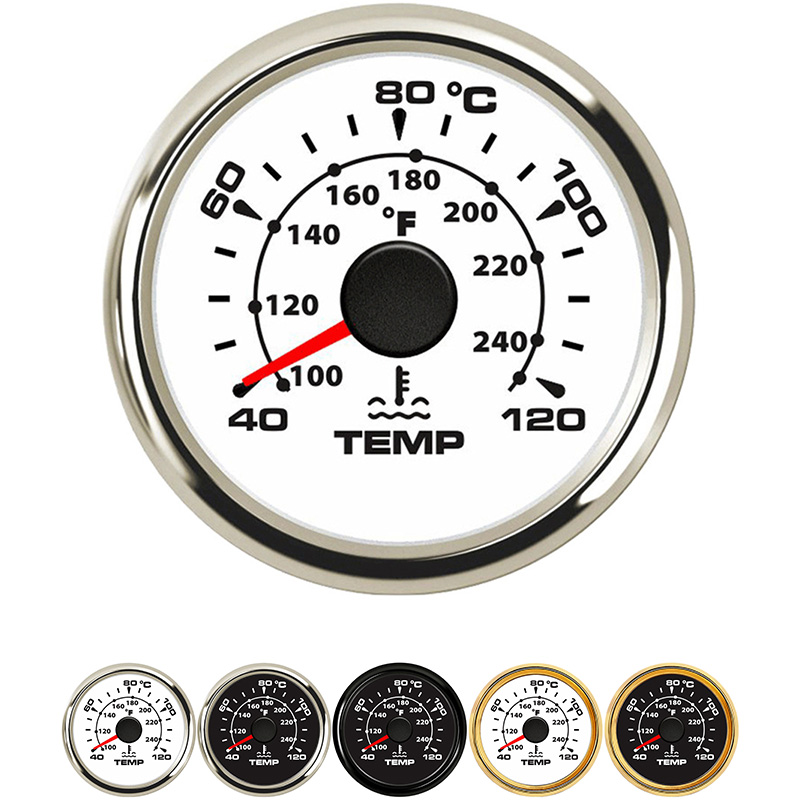
Get a Quote / Info